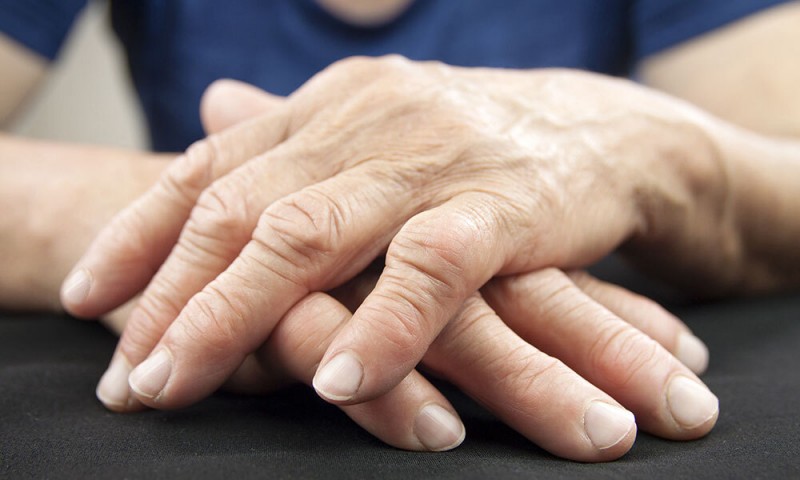
Rheumatoid arthritis (RA) is a chronic autoimmune condition that primarily affects the joints. Recognizing its symptoms is crucial for early diagnosis and effective management. In this article, we'll explore the various signs and symptoms associated with rheumatoid arthritis.
Before delving into the symptoms, let's briefly understand what rheumatoid arthritis is:
Rheumatoid arthritis is an autoimmune disorder where the immune system mistakenly attacks healthy joint tissues, leading to inflammation, pain, and potential joint damage.
RA manifests in different ways, and its symptoms can vary from person to person. However, several common signs may indicate its presence:
One of the hallmark symptoms of RA is joint pain and stiffness, often experienced in the morning or after periods of inactivity.
Affected joints may become swollen, tender to the touch, and warm due to inflammation.
Many RA patients report extreme fatigue, which can be overwhelming and affect daily activities.
Over time, RA can lead to joint deformities, particularly in the hands and feet, as it damages cartilage and bone.
RA can limit joint movement, making it difficult to perform simple tasks like bending or gripping objects.
Some individuals develop firm lumps under the skin called rheumatoid nodules, typically near joints.
Fever can be a sign of active inflammation in RA.
RA may cause a decreased appetite, leading to unintended weight loss.
Rheumatoid arthritis is not limited to the joints; it can affect various body systems:
RA can cause inflammation in the eyes, leading to redness and discomfort.
In some cases, RA can affect the lungs, causing breathing difficulties.
Individuals with RA have a higher risk of heart disease due to chronic inflammation.
RA symptoms can vary in intensity, with periods of increased pain and inflammation called "flare-ups."
Early diagnosis is crucial in managing RA effectively, so if you suspect you have it, seek medical evaluation promptly.
RA symptoms can overlap with other conditions, making an accurate diagnosis essential.
RA is typically managed with medications like disease-modifying antirheumatic drugs (DMARDs) and nonsteroidal anti-inflammatory drugs (NSAIDs).
Physical therapy and exercise can help improve joint function and reduce pain.
Lifestyle modifications, such as diet and stress management, can complement medical treatment.
Learning to cope with the physical and emotional challenges of RA is essential for a better quality of life.
Support groups and networks can provide valuable emotional support and practical advice for RA patients.
Recognizing the symptoms of rheumatoid arthritis is the first step toward effective management. If you or someone you know experiences joint pain, stiffness, or any other potential RA symptoms, consult a healthcare professional for a proper evaluation and diagnosis.
4 Reasons Why You MUST Drink Jeera Ajwain Water Daily